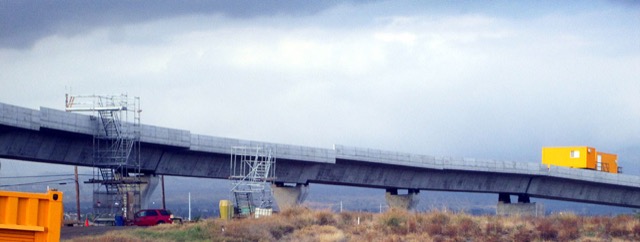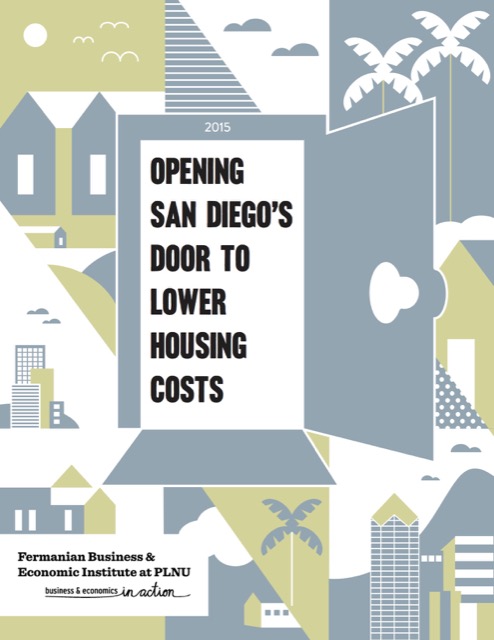It appears that the Amtrak crash that killed seven people Tuesday resulted from speeding, but big-government advocates are already using this accident to make their case for more infrastructure spending. In fact, the problem is not too little money, but too much money going to the wrong places.
In 2008, President Bush signed a law mandating that most railroads, including Amtrak, install positive train control (PTC) by December of 2015. PTC would force trains to slow or stop if the operator ignored signals or speed limits.
In 2009 and 2010, President Obama asked a Democratic Congress to give him $10 billion to spend on high-speed trains, and Congress agreed. Not one cent of that money went to installing PTC in Amtrak’s Northeast Corridor.
PTC would have prevented this accident. There was plenty of money available to install it, but the Obama administration, in its infinite wisdom, chose to spend it elsewhere. Two days ago, it would have been embarrassing to realize that the government-run Amtrak hadn’t yet completed installation of PTC on its highest-speed corridor. Today, it’s a tragedy. But how is it the fault of fiscal conservatives?









